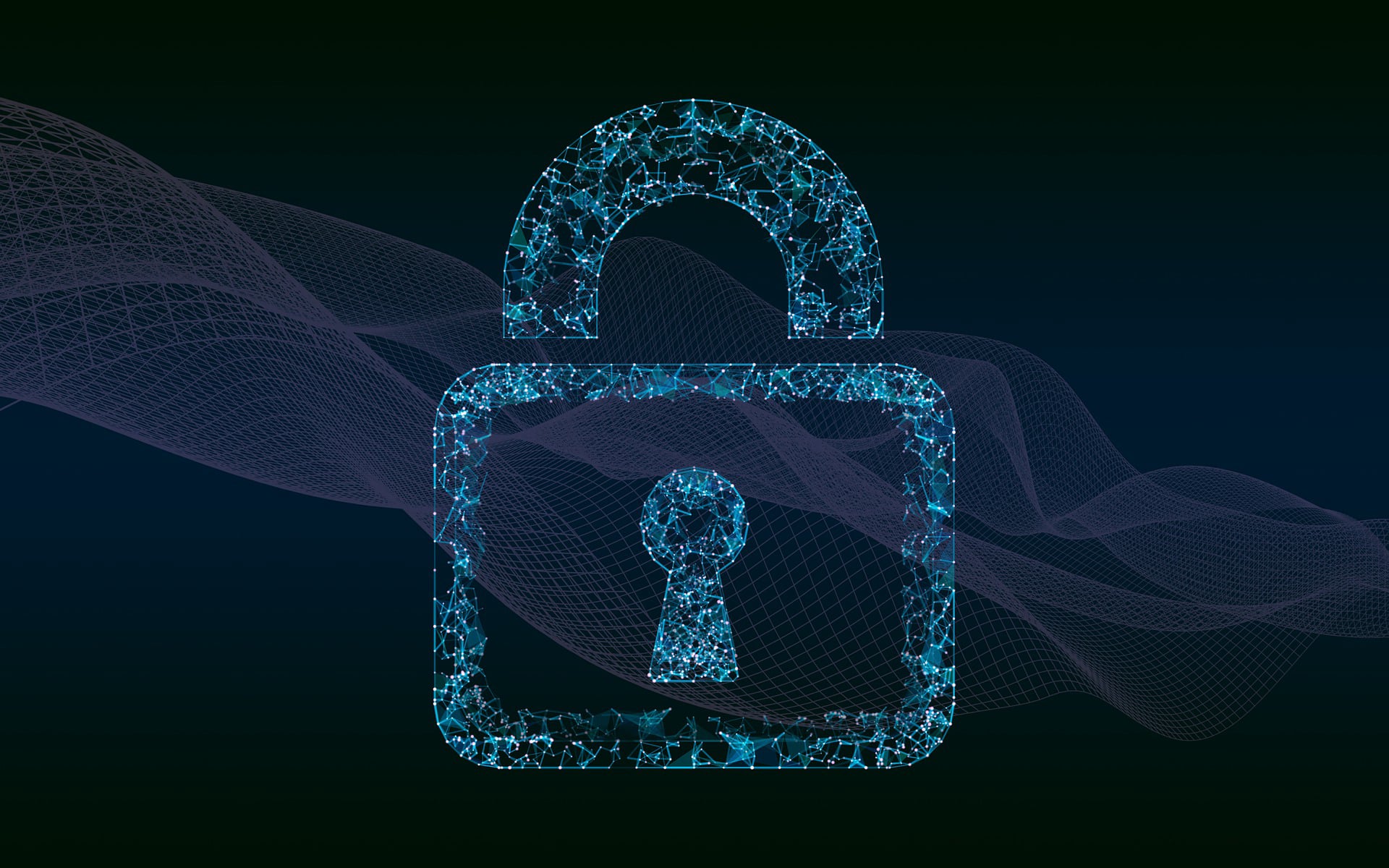
Securing Reputation: Transforming Cybersecurity for a PR Agency in Queen’s Park
Overview
A communications and PR agency based in Queen’s Park, London, approached us after becoming increasingly concerned about their exposure to cyber threats. As a fast-paced, media-facing business handling sensitive client communications and assets, they recognised the growing risks but lacked the internal resources to address them. Critically, they had no antivirus solution in place, no Multi-Factor Authentication (MFA), and no formal IT policies or staff awareness training.
The Challenge
Operating in a high-pressure industry where deadlines are tight and reputations matter, the agency had prioritised productivity over security—until a series of suspicious emails and failed login attempts raised red flags. Without antivirus protection or MFA, they were vulnerable to malware, phishing, and credential theft. There were no formal procedures for onboarding, password management, or incident response, and staff had never received cybersecurity awareness training.
Our Solution
We delivered a full-spectrum cybersecurity upgrade tailored to the agency’s size, structure, and risk profile:
• Next-Gen Antivirus (AV): We deployed a cloud-based next-generation antivirus solution across all devices, offering real-time threat detection, behaviour analysis, and ransomware protection.
• MFA Rollout: Multi-Factor Authentication was enforced on email, cloud storage, and key collaboration tools. We prioritised ease of use while ensuring security best practices.
• Phishing Simulations & Training: We conducted regular phishing simulations followed by targeted training sessions. These helped staff identify threats in real-world scenarios and build a security-first mindset.
• IT Procedures & Documentation: We developed a complete set of IT policies and procedures covering device use, password standards, user access, remote work, and breach response. These documents now guide staff behaviour and provide a clear framework for future IT growth.
The Outcome
Within six weeks, the agency transformed its cybersecurity posture from highly exposed to robust and resilient. The antivirus solution detected and blocked several potential threats within the first month. MFA adoption reached 100% across core platforms, and phishing simulation results improved dramatically—with click rates falling from 42% to just 4% after two training rounds. Staff are now equipped with clear IT guidelines and an understanding of how to recognise and respond to cyber threats.
Conclusion
This case study highlights how even small to medium-sized creative agencies—often overlooked in cybersecurity discussions—can be high-value targets. With the right tools, training, and structure, we helped this PR agency build a secure foundation that protects their data, clients, and reputation. By investing in proactive security, they’ve not only reduced risk but also gained the confidence to focus on what they do best: delivering high-impact communications.